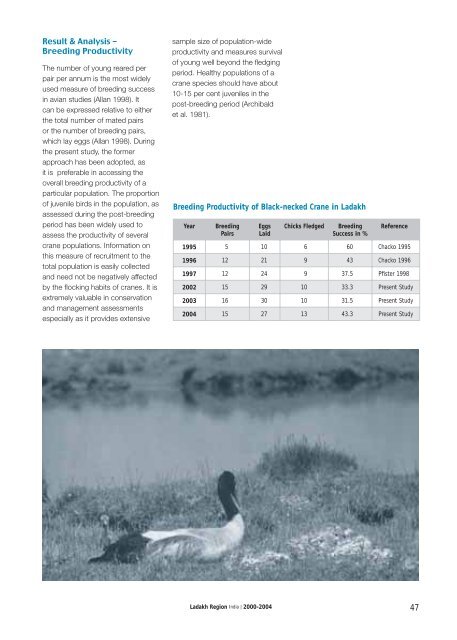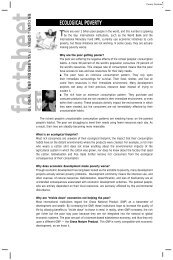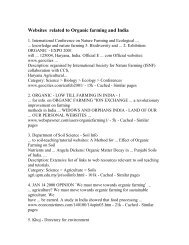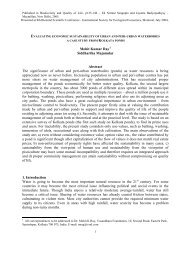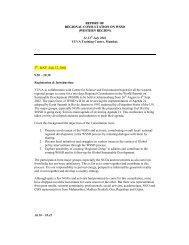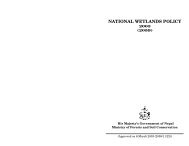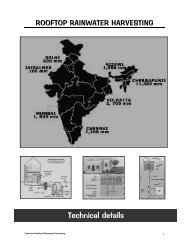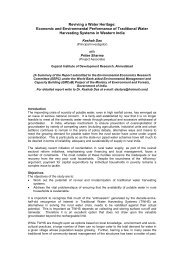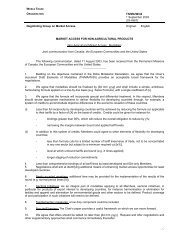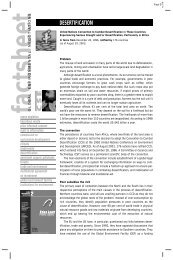Black-necked Crane - WWF-India
Black-necked Crane - WWF-India
Black-necked Crane - WWF-India
Create successful ePaper yourself
Turn your PDF publications into a flip-book with our unique Google optimized e-Paper software.
Result & Analysis -<br />
Breeding Productivity<br />
The number of young reared per<br />
pair per annum is the most widely<br />
used measure of breeding success<br />
in avian studies (Allan 1998). It<br />
can be expressed relative to either<br />
the total number of mated pairs<br />
or the number of breeding pairs,<br />
which lay eggs (Allan 1998). During<br />
the present study, the former<br />
approach has been adopted, as<br />
it is preferable in accessing the<br />
overall breeding productivity of a<br />
particular population. The proportion<br />
of juvenile birds in the population, as<br />
assessed during the post-breeding<br />
period has been widely used to<br />
assess the productivity of several<br />
crane populations. Information on<br />
this measure of recruitment to the<br />
total population is easily collected<br />
and need not be negatively affected<br />
by the fl ocking habits of cranes. It is<br />
extremely valuable in conservation<br />
and management assessments<br />
especially as it provides extensive<br />
sample size of population-wide<br />
productivity and measures survival<br />
of young well beyond the fl edging<br />
period. Healthy populations of a<br />
crane species should have about<br />
10-15 per cent juveniles in the<br />
post-breeding period (Archibald<br />
et al. 1981).<br />
Breeding Productivity of <strong>Black</strong>-<strong>necked</strong> <strong>Crane</strong> in Ladakh<br />
Year<br />
Breeding<br />
Pairs<br />
Eggs<br />
Laid<br />
Chicks Fledged<br />
Breeding<br />
Success in %<br />
Reference<br />
1995 5 10 6 60 Chacko 1995<br />
1996 12 21 9 43 Chacko 1996<br />
1997 12 24 9 37.5 Pfister 1998<br />
2002 15 29 10 33.3 Present Study<br />
2003 16 30 10 31.5 Present Study<br />
2004 15 27 13 43.3 Present Study<br />
Ladakh Region <strong>India</strong> | 2000-2004 47


